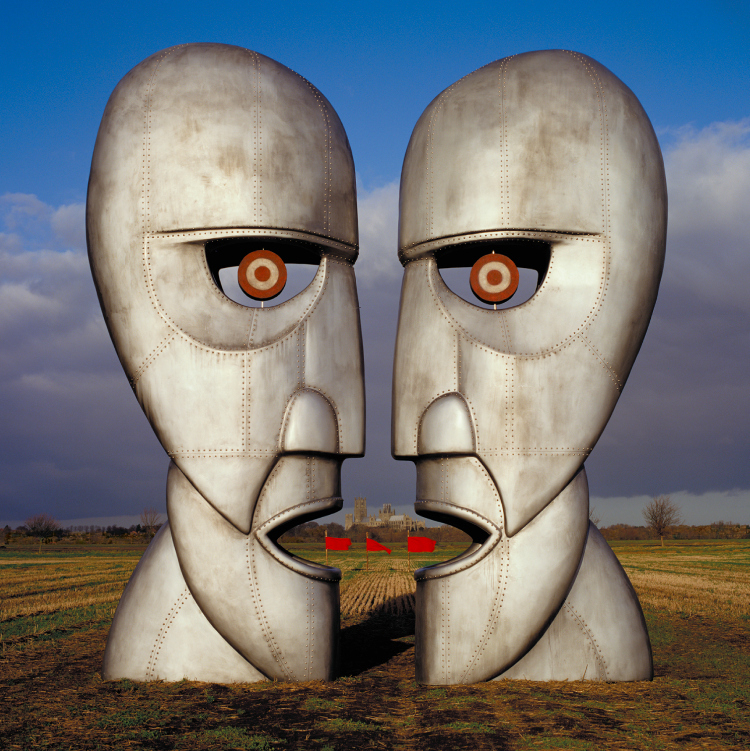1.

The band's earliest time period is characterized by the poetic whimsy of Syd Barrett, as well as his downward spiral away from lucidity. His lyrically-playful tracks sat alongside attempts to capture the heavy sonic experimentation from their live performances. The music was initially one part of a whole backdrop that completed the experience of their club shows; engineered to be an unmissable, multi-sensory psychedelic composition of light and sound. As Syd's mental state deteriorated, Roger Waters took his first stabs at songwriting, and David Gilmour joined the band in the midst of recording A Saucerful of Secrets in 1968.
2.

As quickly as the band's fame ascended, Syd Barrett completely fell apart, and the band lost its creative beacon in the process. This led to a period of prolonged creative frustration that managed to manifest itself into growth, stability, and regeneration that can literally be heard in the progression of albums from this era.
Ummagumma's B-side includes an original experimental track from each of the band's members.
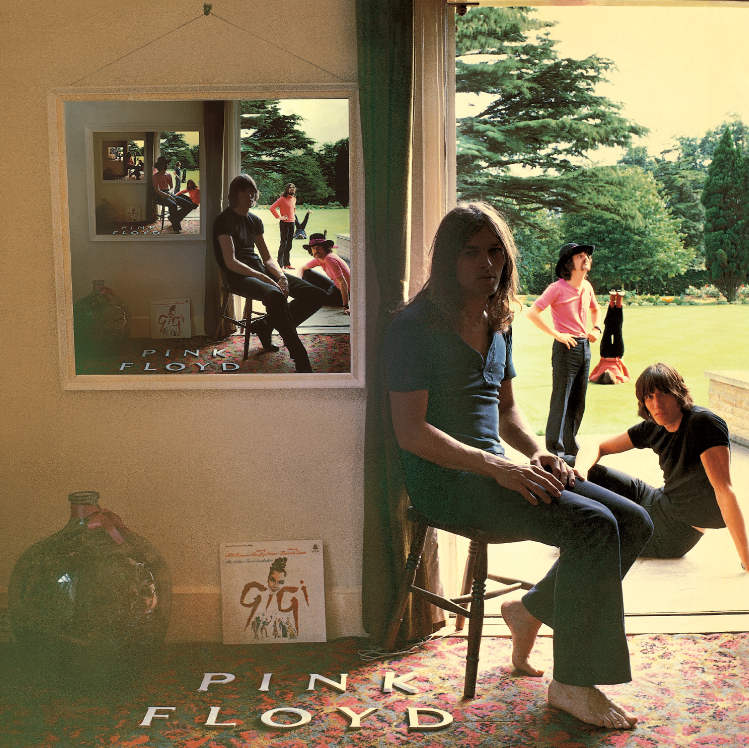
Atom Heart Mother unites that experimentation into a sweeping orchestral suite that the group composed equally.
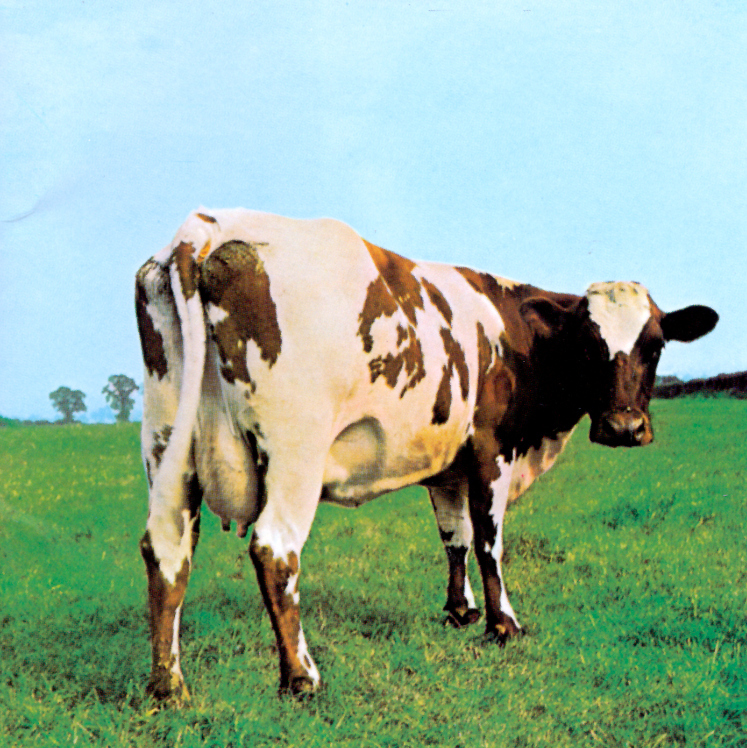
Meddle is where the band's identity as we know it begins to take shape, placing an emphasis back on songwriting, and the first shades of Gilmour and Waters' signature introspection. The musical and thematic opus of "Echoes" catapults them into legends.

Obscured By Clouds solidifies the band's first step into concept albums. The LP actually serves as the feature film score to director Barbét Schroeder's "The Valley," as the songs drive the story of teenagers on an accidental visit to a lost civilization.
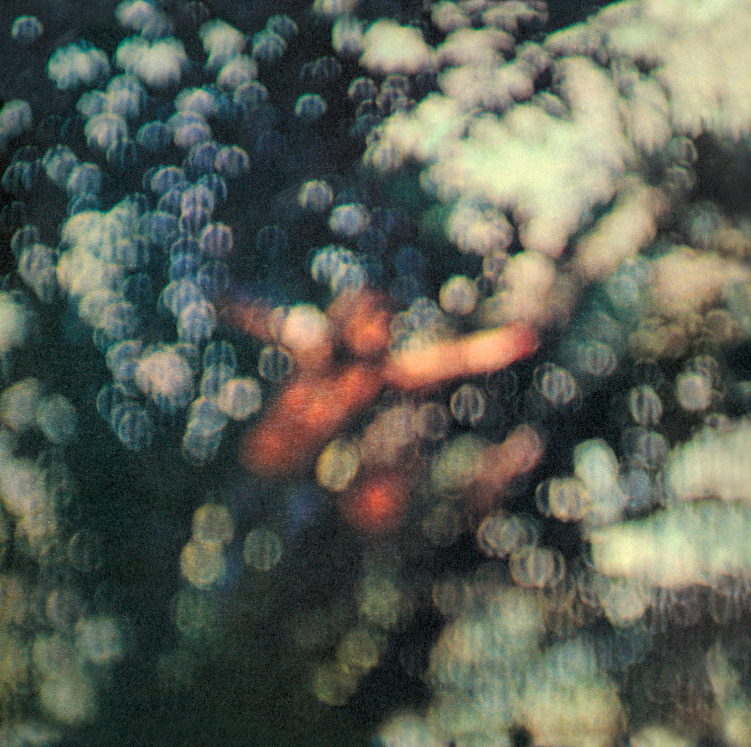
3.

Personal development, coupled with the artistic journey of the band's catalog thus far, generated the foundation that defined The Dark Side of the Moon as a landmark record (and the string of records that followed). The music drives a loose narrative; rich with symbolism, poetry, and overwrought sonic perfection. The record not only set the template for the strongest records of the band's career, but for anyone who would attempt to replicate their artistic achievements in the future. Musically and lyrically, each album was a fully-realized meditation on a dedicated subject with even more sonic experimentation, including custom-built synthesizers and more fully-developed surround sound in post-production.
The Dark Side of the Moon addresses the madness and insanity-inducing impurities of the world at large.
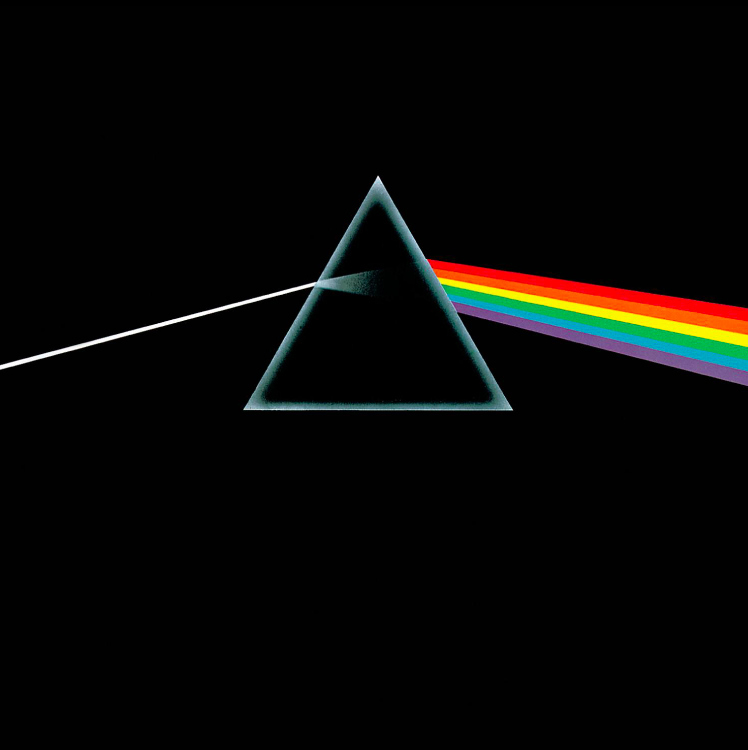
Wish You Were Here is bookended by the still-felt void and spirit of Syd Barrett, with a middle section condemning the acceleration and tyranny of the music industry.
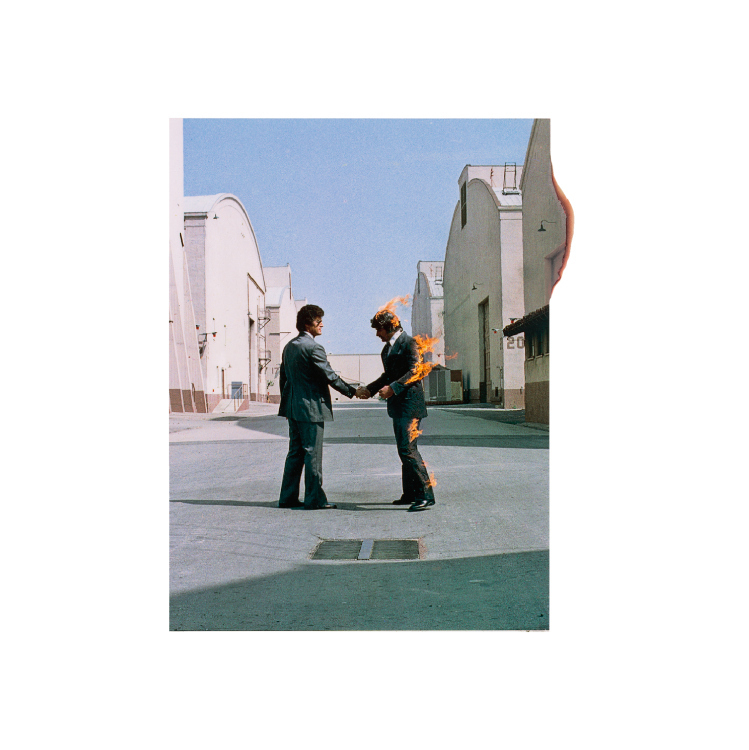
Animals sets up the tales of an imaginary industrialized society inspired by George Orwell's Animal Farm.
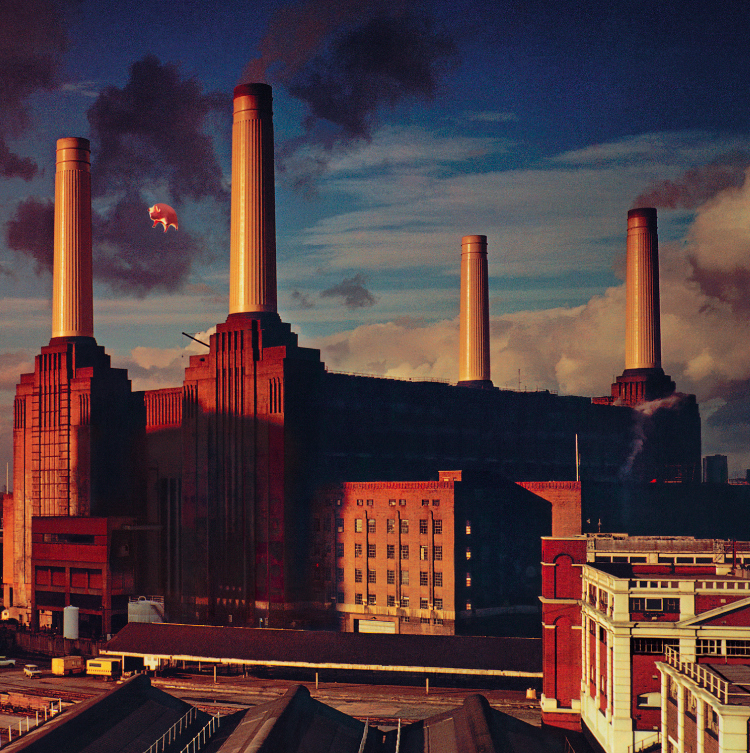
4.

As the band's interpersonal relationships deteriorated, the now-realized artistic ambition of Roger Waters took center stage (and also took over the silver screen). Now a profound and recognizable musical force, Waters took the advantage of the band's conceptual formula to cultivate two much more detailed semi-autobiographical musical works with boundless physical scale to match.
Waters channels personal stories from his fatherless childhood, details from the decline of Syd Barrett, and parallels the grips of materialism with war – all told through the eyes of Pink, the main character in The Wall.

And although the band was credited for The Final Cut, it ended up resembling Waters' major foray into art rock, building the album around discarded arrangements from The Wall. It's a pointed protest at Margaret Thatcher for the 1982 Falklands War.

5.

By the time The Wall tour was over, no one in the band was speaking to one another, even when they were playing on the same stage every night. Waters formally departed the band after tense negotiations that would keep his future royalties paid; but Gilmour, Mason, and Wright continued as Pink Floyd to fulfill their long-standing recording contract with EMI. Even in a somewhat fragmented state, the reduced version of the group delivered two more studio records on their own terms and time, with Gilmour at the creative helm and a host of outside collaborators including old producers and significant others.
Gilmour closely enlisted The Wall's producer – Bob Ezrin – on A Momentary Lapse of Reason, and old members took on new roles as Nick Mason worked primarily on lyrics and sound effects while out of practice as a performer.
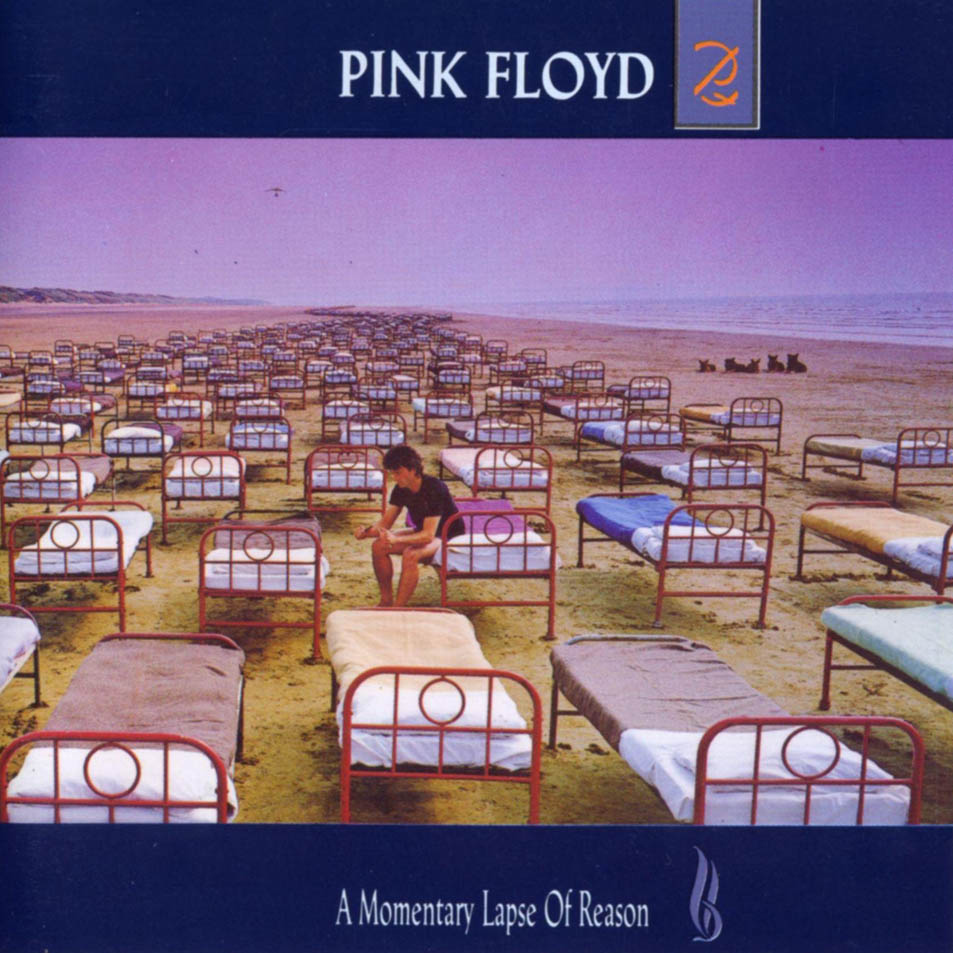
The remaining members didn't reunite to make music for another six years, but returned to form on The Division Bell, conquering themes of communication and personal choices. The cover art is a symbol for the lost spirits of Roger Waters and Syd Barrett.
